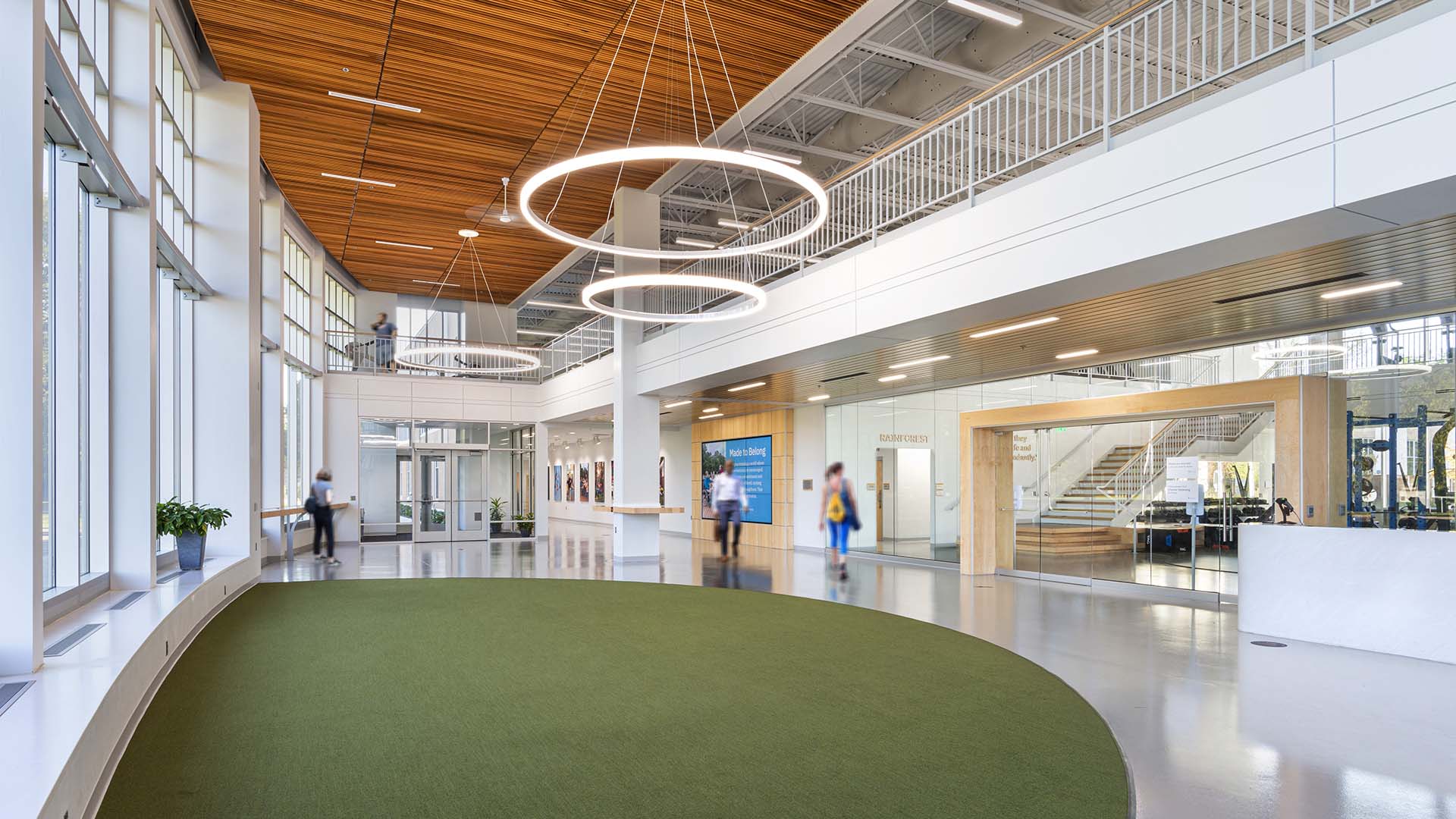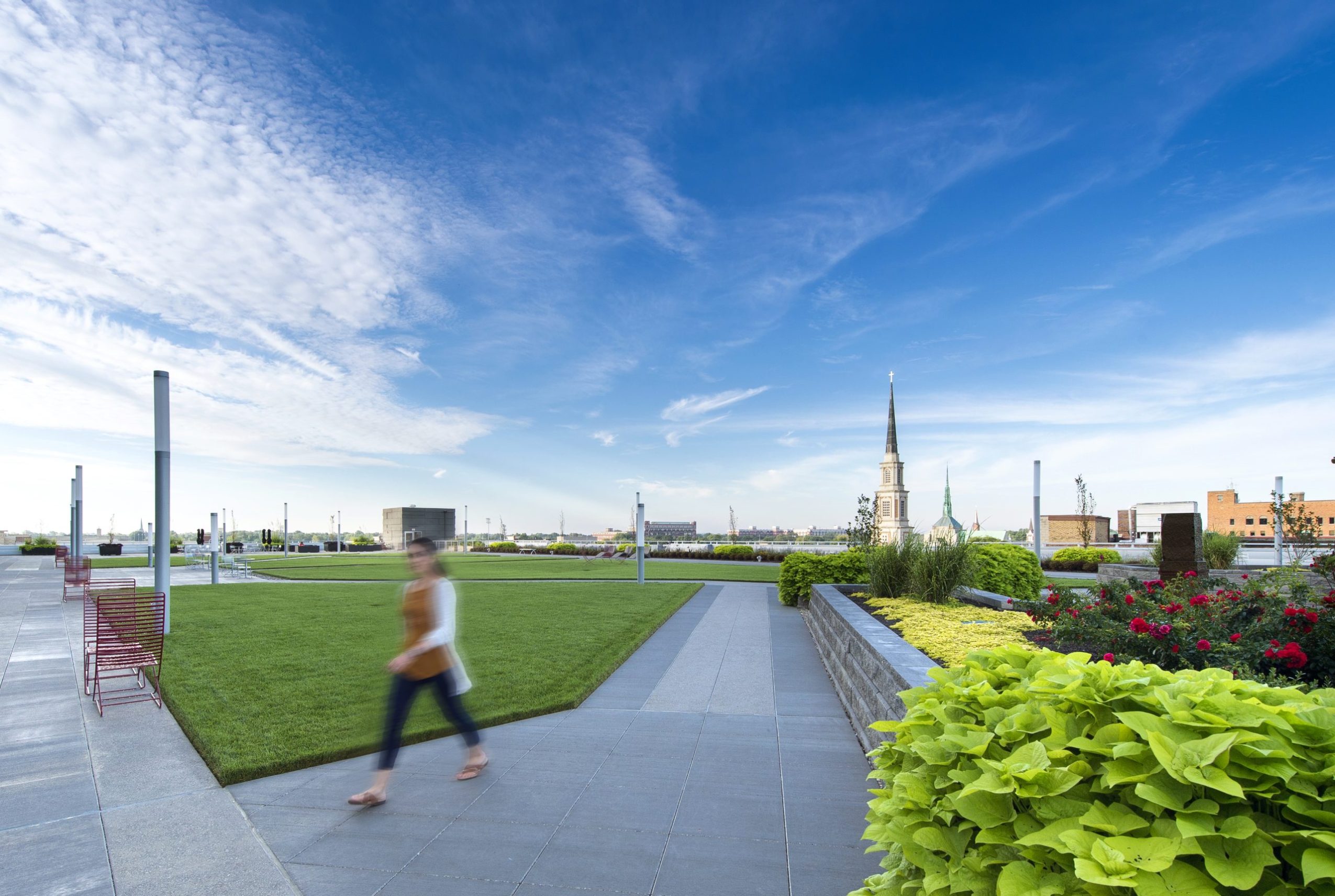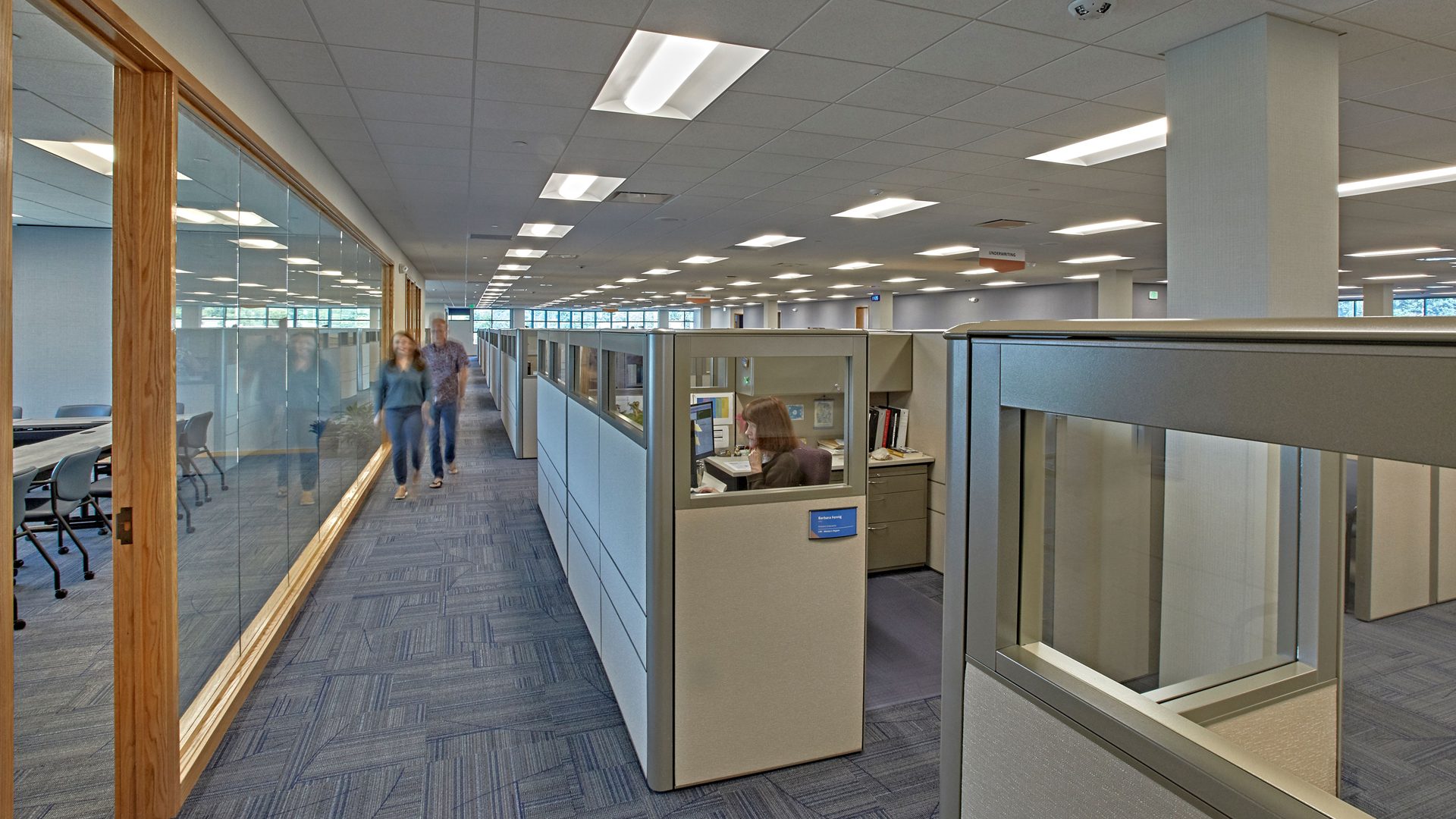Building WELLness: AIR
By Alex Kircher, RA, WELL AP
October 3, 2023Post Tagged in

|
If you are familiar with the Architecture/Engineering/Construction (A/E/C) industry, you may have heard of the WELL Building Standard. This is an evidence based third party building standard focused on creating buildings that encourage wellness of all types in those who occupy the building. Two of Design Collaborative (DC)‘s WELL Accredited Professional (AP)s, Alex Kircher and Hannah Arthur, are doing a deeper dive into the WELL Building Standard principles and how they can be incorporated into design. The first Feature of the WELL Building Standard that they will be diving into is the Air Category. Read on to learn more about the role air plays in building design! |

|
AIR With the smoke floating down from the Canadian wildfires in the summer of 2023, it was a fresh reminder of the difference that clean air can make. Air pollutants play a role in many of the WELL Features. One way that WELL classifies air pollutants is based on the size of the particles. The two most common critical particle categories are PM10 (10 microns or smaller) and PM2.5 (2.5 microns or smaller). The smaller PM2.5 particles especially can build up in the sacs in your lungs and cause inflammation and many types of health issues. |

|


|
So how can we design for better air quality? Our mechanical engineers are a great place to start. Ensuring that the building can meet certain air quality and ventilation standards are both pre-requisites in this category. They can also check to make sure that the building is smoke free, and that there is a construction pollution management plan in place. Higher Filtration Standards, Air Quality Monitoring, and Enhanced Air Supply will also get you additional points towards the WELL Building Standard. |

|
One other Feature is providing additional separation from sources of interior air pollutants. Many people know that cleaning and chemical storage can be a source of interior pollutants, but High Volume Printers are also significant sources as well. If you design your office so that the printers are in a separate space and/or make sure to directly exhaust the area, you will not only give the occupants better air quality, but if you pursue the WELL Building Standard, you can achieve an additional point. |

|
